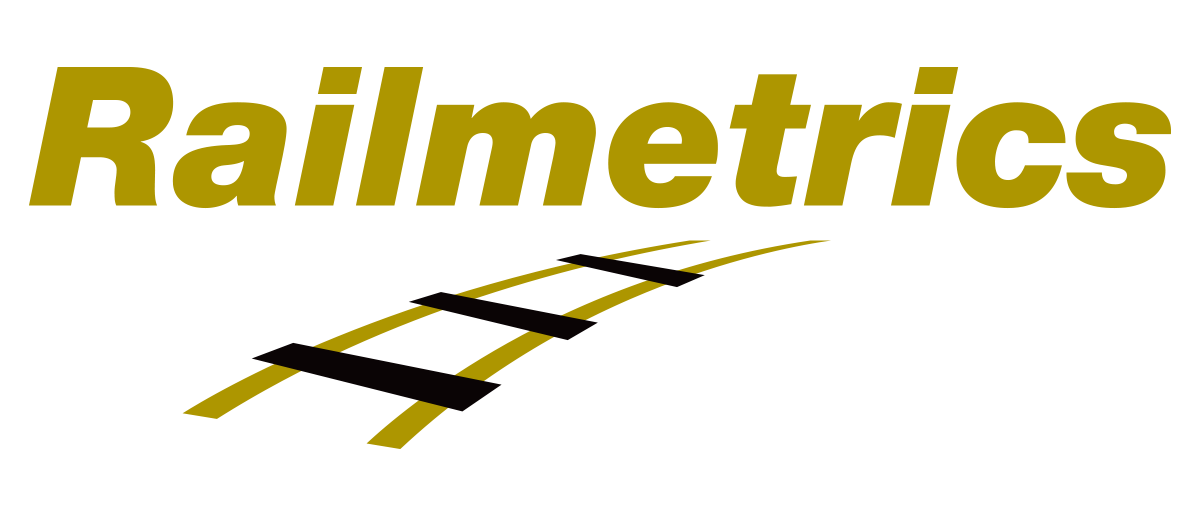
Published Mon 18th Dec 2023
The coming of winter weather conditions increases the pressure on engineers responsible for keeping infrastructure in action and ensuring that construction sites keep working.
These pressures arise from various angles. The frequency and magnitude of storms is growing, and increased rainfall means increased risk of disruption and damage due to flooding, scour and landslides. Colder weather brings more challenges in the form of snow and ice accumulation, and the springtime thaw brings more floods. Reliable information is crucial to manage these challenges but its not always easy to get updates from remote sites. Sending people out to site to check conditions is not realistic across large sites or transport networks so infrastructure managers and construction teams around the world are turning to automated monitoring systems to get updates before they can get boots on the ground.
A wide range of technologies have been used, for a variety of geotechnical and structural applications. But even the most well-established methods can be compromised by winter conditions - sending out inspectors is less productive when daylight hours are short and the ground is masked by snow cover. Nobody relishes the task of manually logging data from geotechnical monitoring instruments such as borehole inclinometers (IPIs), extensometers and piezometers in the depths of winter. And methods such as automated total stations (AMTS), that are often relied on to detect changes in track alignment, depend on optical sensors that cannot work without clear line of sight to reflective prism targets fixed at points of interest such as railway tracks. Even a modest blanket of snow can render them ineffective and necessitate significant maintenance effort to clear the snow. Monitoring systems that depend on wires are always prone to damage caused by maintenance operations, but are particularly vulnerable when they cannot be seen due to snow cover.
It is therefore no surprise that there is a wider adoption of wireless remote monitoring technology which delivers precise, continuous data throughout harsh winter conditions.
Wireless Monitoring in Extreme Cold Weather
Wireless remote monitoring systems use various types of sensor to gather data related to movement and a range of structural and geotechnical parameters. The versatility of the wireless communications platform is a further attraction. Innovations such as Senceive’s range of interface nodes mean that data from many third-party sensors such as inclinometers, piezometers and weather stations can be logged automatically. So, even when weather conditions prevent you visiting site to inspect assets or take manual readings monitoring devices, your team can be kept informed with near-continuous updates from remote and challenging sites.
Winter conditions can increase the risk of damage to infrastructure such as railways, roads and pipelines – particularly where assets are dependent on the stability of slopes, such as man-made embankments and cuttings and natural hillsides. Flooding can cause scour and slope erosion, and rainfall and snowmelt can trigger landslides, debris flows and rockfall. Monitoring will not prevent these events, but it can provide early warning, often before the railway has been damaged. The InfraGuard™ responsive monitoring solution developed by engineers at Senceive and Network Rail, the UK rail infrastructure owner, combines smart tilt sensors and cameras with a wireless communications system that provides multiple levels of alert relating to the severity of sudden events such as landslides and rockfalls. It is used by rail operators around the world to monitor many miles of at-risk track, significantly reducing the impact of dangerous and disruptive slope failures through winter conditions.
Monitoring in cold weather is not without challenges – whatever the technology. Wireless remote monitoring solutions depend on solar panels to power communications gateways and it is essential to factor-in how many hours of daylight you can expect mid-winter to ensure that the size and orientation of panels is optimized for uninterrupted performance. They also depend on batteries, both in the sensors and the gateway, so the cold-related reduction in battery-life must also be modelled in advance. And finally, the performance of the MEMS-based sensors at the heart of every tilt sensor is affected by temperature variations. That’s why Senceive tilt sensors all contain a dedicated temperature sensor, and calculations using our WebMonitor™ software include corrections to remove the influence of temperature variations on sensor accuracy. These lessons have all been learnt through years of development and trials and they emphasize that an effective monitoring solution is dependent on more than hardware and software - it is also reliant on the engineering expertise and support team backing up the technology. The Senceive team has been doing this since pioneering the technology nearly twenty years ago and provides unrivalled support.

Cellular communications gateway and solar panel
Hardware deployed in such demanding conditions as found in the northern US states, Canada and Scandinavia must be able to deliver high levels of precision and repeatability throughout summer/winter temperature ranges of more than 60°C. Senceive tilt sensors are tested and certified to perform at temperatures as low as -40°C.
Summit Infrastructure, a prominent provider of rail monitoring solutions with projects across Canada, has demonstrated the adaptability of wireless sensors in extreme cold weather. Their use of Senceive’s remote rail condition monitoring equipment enables uninterrupted monitoring of rail infrastructure as the sensors function effectively in temperatures as low as -40°C and even when traditional survey targets are buried beneath layers of snow. This provides project resilience that was not previously available.
Temperature data from a Canadian rail project showing tilt sensors operating at approaching minus 30°C.
Case Study: Follobanen Trackbed Monitoring
The reliability of wireless sensors in cold weather is demonstrated in the case of the Follobanen project. This extensive railway construction project in Norway involved the deployment of wireless condition monitoring sensors by specialists at Cautus Geo in order to monitor the trackbed and a nearby sky station building. The wireless solution reduced the need for site visits and continued to function through cold and snowy conditions that would have compromised the effectiveness of traditional monitoring techniques. The data collected not only met the project's accuracy requirements but also exceeded expectations.
East Barre Dam, Vermont
Another example of wireless remote condition monitoring playing its part in keeping remote, but vital assets running safely through tough winter conditions was a recent project in Vermont, USA. East Barre Dam protects residents downstream in the event of extreme flooding. Following observation of movement of some of the concrete panels, a decision was made to monitor any ongoing deformation using Senceive instruments. The solution comprised of NanoMacro triaxial tilt sensors and Optical Displacement Sensors installed on the section of wall that had moved, as well as the adjacent wall panels. An Infraguard responsive camera and communications gateway were installed on the other side of the dam providing engineers with the confidence that they could get visual updates from the site within moments of movement sensors triggering alerts. A number of crack sensors were also installed.

Tilt sensors were installed on the top of the dam wall panels
The structure was monitored through the winter months, with routine updates continuing through periods when the temperature dropped below -30° C. No significant structural movement was observed and the system was removed for re-use elsewhere.

Graph: Temperature and tilt data from sensors at East Barre Dam in Vermont. The sensors continued to take readings in temperatures as low as – 30 degrees C
In conclusion, wireless condition monitoring technology has transformed infrastructure monitoring, offering reliability, precision and continuous data in extreme cold weather and snow-covered environments. Able to withstand temperatures as low as -40°C and to operate where traditional survey targets may be buried in snow and ice, it provides uninterrupted monitoring in the harshest conditions. The case studies above showcase the real-world success of wireless condition monitoring in some of the most challenging environments worldwide.
As engineers and asset owners seek to enhance safety and reliability, embracing wireless condition monitoring sensors is a smart choice, providing accurate, real-time data and peace of mind, even in the most unforgiving weather conditions.










